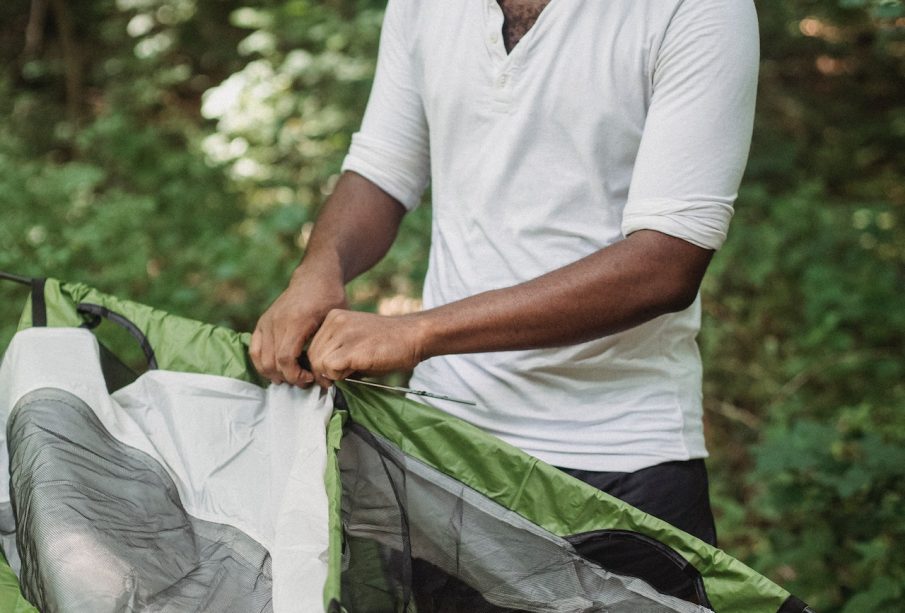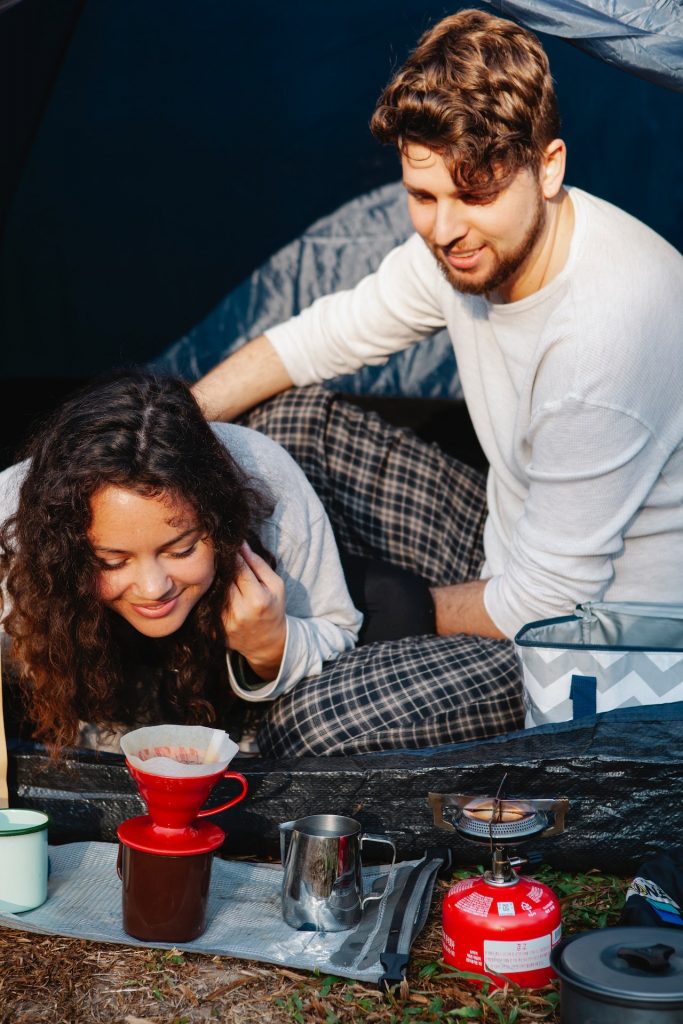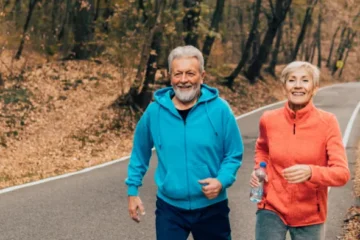HOW TO PREPARE FOR A HIKE

57.81 million Americans over the age of six went hiking in 2020. That represents a significant increase from the 49.7 million hikers in 2019 and the 47.86 million hikers in 2018. Along with the reaction to COVID lockdowns, a large part of the activity’s popularity stems from how accessible it is; a starting route requires nothing in the way of equipment or ability. Naturally, once you get into it, you can expand your activities beyond day treks along paved roads to more unexplored, daring areas. No of the difficulty or terrain, one thing never changes: How crucial it is to fuel your trek because you’ll be outdoors all day and exposed to the elements.
PRIMARY FUELING CONCERNS FOR YOUR HIKE
DISTANCE TRAVELLED
Due to the sluggish pace of the sport and the fact that trails are frequently designed to be hiked for many hours at a time, hikers can expect to spend at least that long in the wilderness. As your search goes on, you become more and more hungry and thirsty. To carry your food, find a pack (backpack, hip pouch, etc.) that fits your adventure’s requirements for size, pockets, water capacity, and comfort. As you hike longer distances, be aware of potential food safety hazards. When traveling for several days, light foods with enough calories and nutrients are vital, and non-perishable food is great to pack while spending hours in the sun.
IMPACT OF EXERCISE
Want to take in the scenery without getting too hot? Bring nutrient-dense, whole meals with you, such as sandwiches, fruit, and trail mix. Bring foods that provide quick-burning energy, like sports bars, gels, and drink mixes if you intend to use energy bursts to handle technical parts of the trail, bouldering, or parkour-style hiking.
REMOTENESS AND TIME
The simplest option is snack-ready food that can be eaten with your hands and without additional tools. Consider all the food “accessories” you’ll need, such as utensils, a cloth napkin or moist towelettes, lightweight plates and bowls, ice packs, cooking equipment, etc., if your walk is multi-day and necessitates a more complex nutrition plan. There is typically a “bring in, carry out” rule on off-the-beaten-path paths, which means you take your rubbish home with you. To reduce your waste, consider using more environmentally friendly products like Beeswrap, Stasher Bags, and titanium cutlery.
Suggested Hiking Snacks
● Trail Mix
● Dried Fruit
● Granola Bars
● PBJ
● Granola Bars
● Apples
● Jerky (grass-fed beef or ahi tuna)
● Date Rolls
● Electrolyte Mix
● Rice Cakes
● Pureed Food Pouches (think elevated baby food)
● Freeze-Dried Snacks
● Sport Gels
● Crackers with hummus/cheddar/nut butter
Instead of throwing random snacks into your bag, you should carefully consider how you will fuel your trip. Always keep the objectives of your trek in mind while selecting your selections, and keep in mind to eat and frequently drink throughout the exercise to maintain energy and hunger levels under control.










